Effect Audio x Elysian Acoustic Labs Gaea Review: Boutique Brilliance
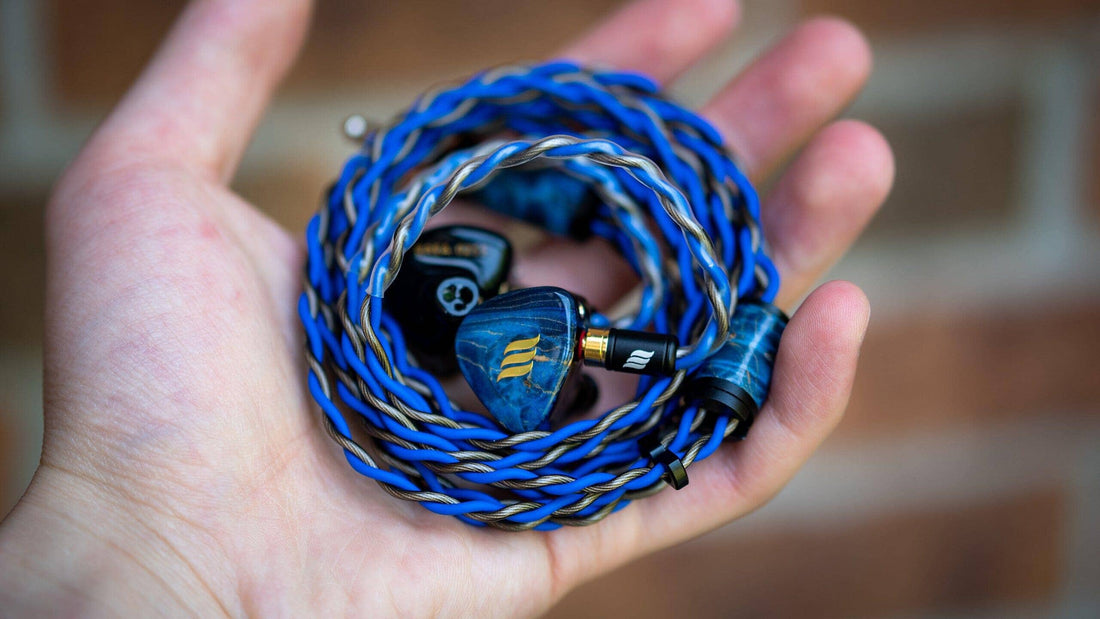
Introduction
South East Asia is a quiet powerhouse in the world of high end IEMs. Take for example, Elysian Acoustic Labs, a one-man show based out of Malaysia run by its founder Lee Quan Min. Mr Lee has been refining his own vision for IEMs since 2016 and has developed a number of Elysian specific technologies along the way. Despite major setbacks such as a flood, these efforts have paid off as Elysian is now one of the foremost IEM brands with highly acclaimed products such as the Elysian Diva and its flagship Annihilator.
But a one-man show has its limits. And that’s where Effect Audio comes in. A skip across the pond in Singapore, Effect Audio is a company known for their high-end modular cables. Together, they’ve teamed up to create the topic of today’s review: the 1 DD + 4 BA $1,300 Effect Audio x Elysian Acoustic Labs Gaea. It’s an obvious partnership - Elysian designs the Gaea, Effect Audio handles production. Let’s take a look at what these two boutique brands can deliver together.
Source(s) Used: Ferrum ERCO Balanced DAC & Headphone Amp and Apple USB-C dongle
The Effect Audio x Elysian Acoustic Labs Gaea was sent to me by Effect Audio for review.
What we like
- Serious U-shape tuning for energetic music
- Artisanal build and aesthetics
- Excellent macrodynamics and micro-resolution
- Superb midrange clarity
What we don’t like
- Need to listen loud
- Can be one-dimensional in presentation over time
- Bass decay is too quick
- Tuning can be too extreme for some
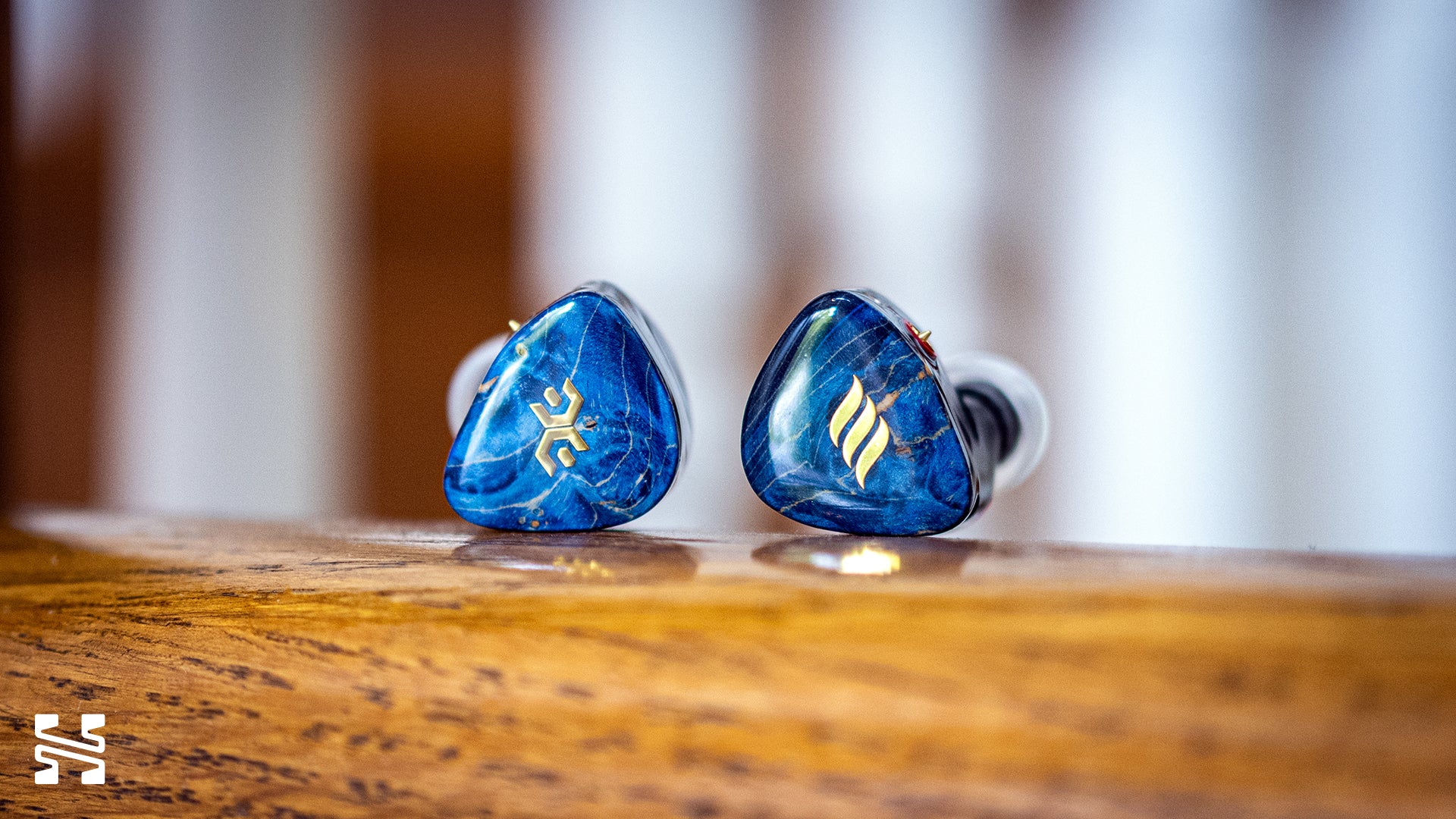
What’s in the Box
Here’s what you get inside the box:
- A black Effect Audio x Elysian Acoustic Labs branded carrying case
- A set of S/M/L Spinfit W1 tips
- Two small cleaning brushes
- A black microfibre cleaning cloth
- A 4.4 mm 4-core braided cable with modular Pentaconn Ear Connectors
- The Gaea itself - made out of a resin shell with a stylish blue stabilized wood faceplate
If I’m completely honest, I’m a little disappointed with the accessories you get. Granted, the W1 tips are awesome and if you’re into exotic high end cables, the stock cable here will make up for most of the value in the accessories set here. Personally, I’d like to see a little more options for tips at the very least for a product that costs $1,300. It’s a little disillusioning when opening up such a fancy package and finding it’s mostly empty.

It’s important to note that the stock cable and the Gaea itself uses Pentaconn Ear Connectors. If you’re unfamiliar, they’re essentially an improved version of the standard MMCX connector, with a similar center pin and the ability to rotate 360°. However, given its cost and tighter tolerances, it hasn’t found widespread use within the industry outside of a few boutique establishments. As such, if you’re looking for a replacement cable for the Gaea, there might be dearth of options. Of course, the most obvious option would be to buy another cable from Effect Audio.
On the topic of the cable, its blue-gray aesthetic matches the Gaea’s blue stabilized wood faceplates. It’s a nice feeling cable, though I think the plastic jack and Y-split do feel a little cheap. I suppose that’s the price to pay for having a similar faceplate pattern wrapped around them. While the 4.4 mm jack isn’t interchangeable unlike Effect Audio’s other cables, the IEM-side terminations are. They use Effect Audio’s ConX technology, which is just a fancy way of saying they offer a variety of modular options such as MMCX and 2-pin along with the more exotic standards like the Pentaconn Ear Connectors.
As for comfort and ergonomics, I didn’t have an issue with the Gaea. While the nozzle diameter is an ungodly 6.9 mm, I was surprisingly able to have them in my ears without issue for extended listening sessions. This is further improved when using the stock Spinfit W1 tips. As for the cable, it’s exactly what I want. Little cable noise or memory, pliable, and nicely weighted.

Sound
The first time I heard the Gaea was at CanJam NYC at the Effect Audio booth where I also had a chance to speak with Mr. Lee about Elysian (though he didn’t know who I am). In the words of a friend, the Gaea is a showfloor monster. It hits hard and fast with a spectacular U-shaped signature that instantly grabs attention. But in the quiet of your own home, as I am now, the magic fades and its subtleties, for better or worse, start to show.
The Gaea is unmistakably tuned towards the Elysian house sound - an intense presentation that somehow manages to be forward in bass, upper mids, and treble. This makes the Gaea perfect for energetic genres like rock or metal, the former of which is what my music library primarily consists of. However, I found I needed the Gaea to be moderately loud for greatest enjoyment; a threshold level of power where it really starts to come to life. I suspect that’s why it excels in demos where volumes are raised to overcome the showfloor.

Frequency response of the Effect Audio x Elysian Acoustic Labs Gaea. Measurement taken with an IEC-711 clone microphone. Comparisons can only be made relative to other measurements taken by this specific microphone. A peak at about 8 – 10 kHz is likely an artifact of the measurement rig and may not exist as depicted here. Measurements above 8 kHz are not accurate. If possible, reference multiple measurements.
Bass
The Gaea’s bass is explosive. There’s a real emphasis on slam in a way that you’ll be hard pressed to find elsewhere. Effect Audio and Elysian has Gaea’s Foster dynamic driver as a marketing point and to their credit, that DD quality is apparent. Notes are tightly defined but with a slight roundedness to its transients that’s characteristic of dynamic drivers. However, it's the note decay that shows the Gaea’s one weakness in the bass - it's all frontloaded. While there’s an excellent sense of impact, its decay fades too quickly. It can feel like notes aren’t fully complete as the Gaea channels all that energy for the next one in line. While this lends to the Gaea’s sense of speed, it loses some of the resonants and harmonics critical to full timbre of the bass instruments.
As you can see in the frequency response, the Gaea is absolutely not bass shy. Its shelf reaches a healthy 10 dB in the subbass and around 5 dB in the midbass before flattening in the lower mids around 250 Hz. It’s a well done bass shelf that creates a distinct bass separation to categorize instruments like the drums and bass guitar. The Gaea is primarily a boomy IEM but its short decay and explosive nature does give it a number of punchy characteristics.
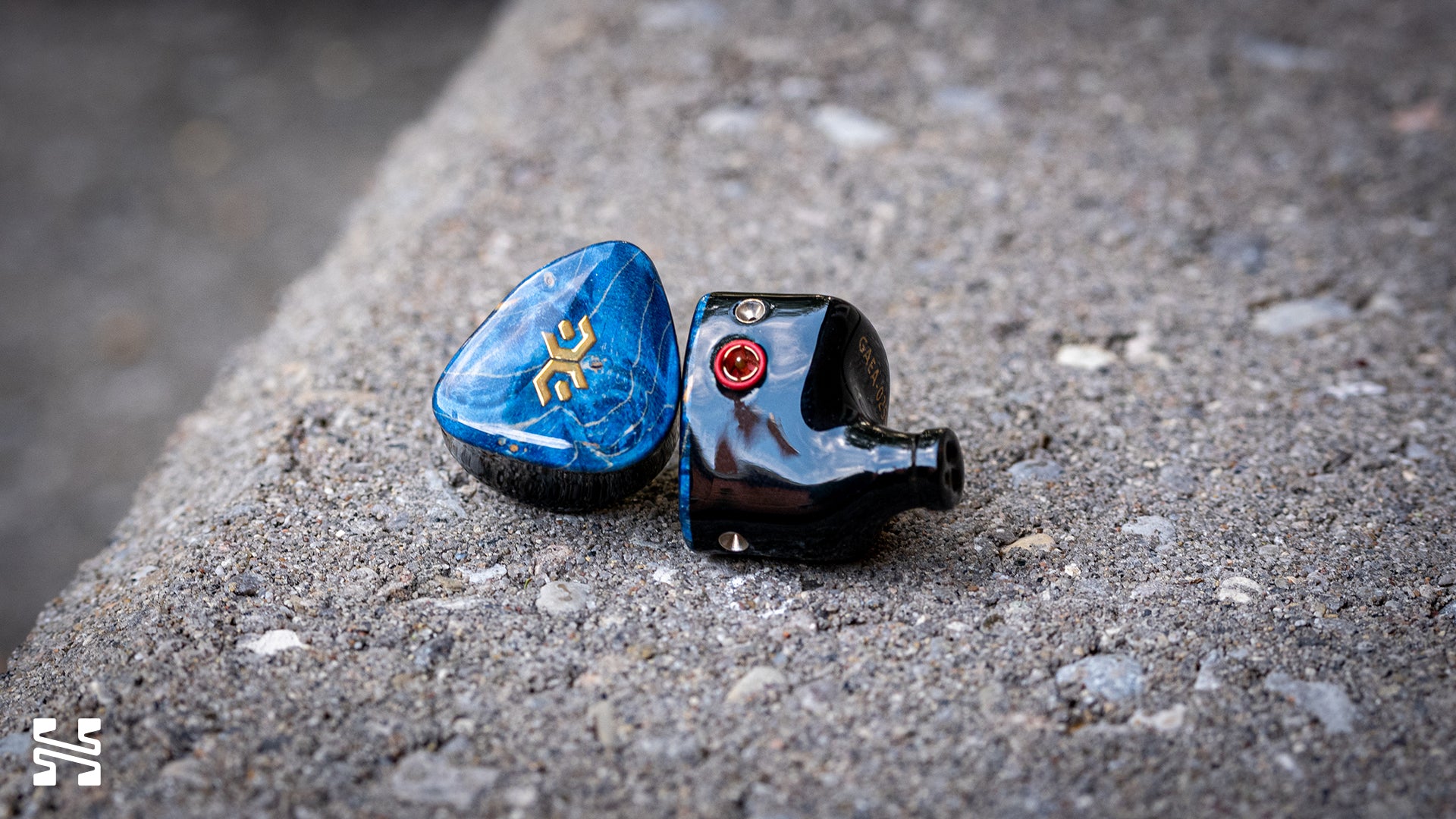
Mids
Beyond the forwardness of the upper mids, the midrange is surprisingly even. The way the Gaea’s bass shelf fades into the mids is balanced against its abundance of upper mids for a net neutral effect. With this comes an exceptional sense of clarity for vocals and electric guitars. While Effect Audio’s website claims it specializes with female vocals, I didn’t find male vocals to be notably inferior. However, the Gaea can definitely sound shouty at times, especially if a track has a heavy vocal-driven opening. If you look at the upper mids structure, it has an uncommonly steep rise around the 1 - 2 kHz region before it plateaus into the lower mids at 5 kHz. I suspect it’s the excess energy in this area that gives it an aggressive edge.
Treble
The Gaea is undoubtedly a bright IEM. The lower and mid treble are in-your-face with the attack and shimmer of the hats and cymbals. There’s excellent upper treble extension but I wouldn’t classify the Gaea as an airy IEM - all of its focus is in the lower/mid treble presence. Despite this lively characteristic, I find the treble quality to be somewhat one-dimensional. It’s so upfront with each note that there’s little room for nuance. That said, I do give credit to the Gaea for not overdoing the treble. While there is some rawness to the treble, I don’t find it too sharp or peaky. And unlike the Thieaudio Monarch MkIII I recently reviewed, it doesn’t have too much of an overly exaggerated upper treble sheen.
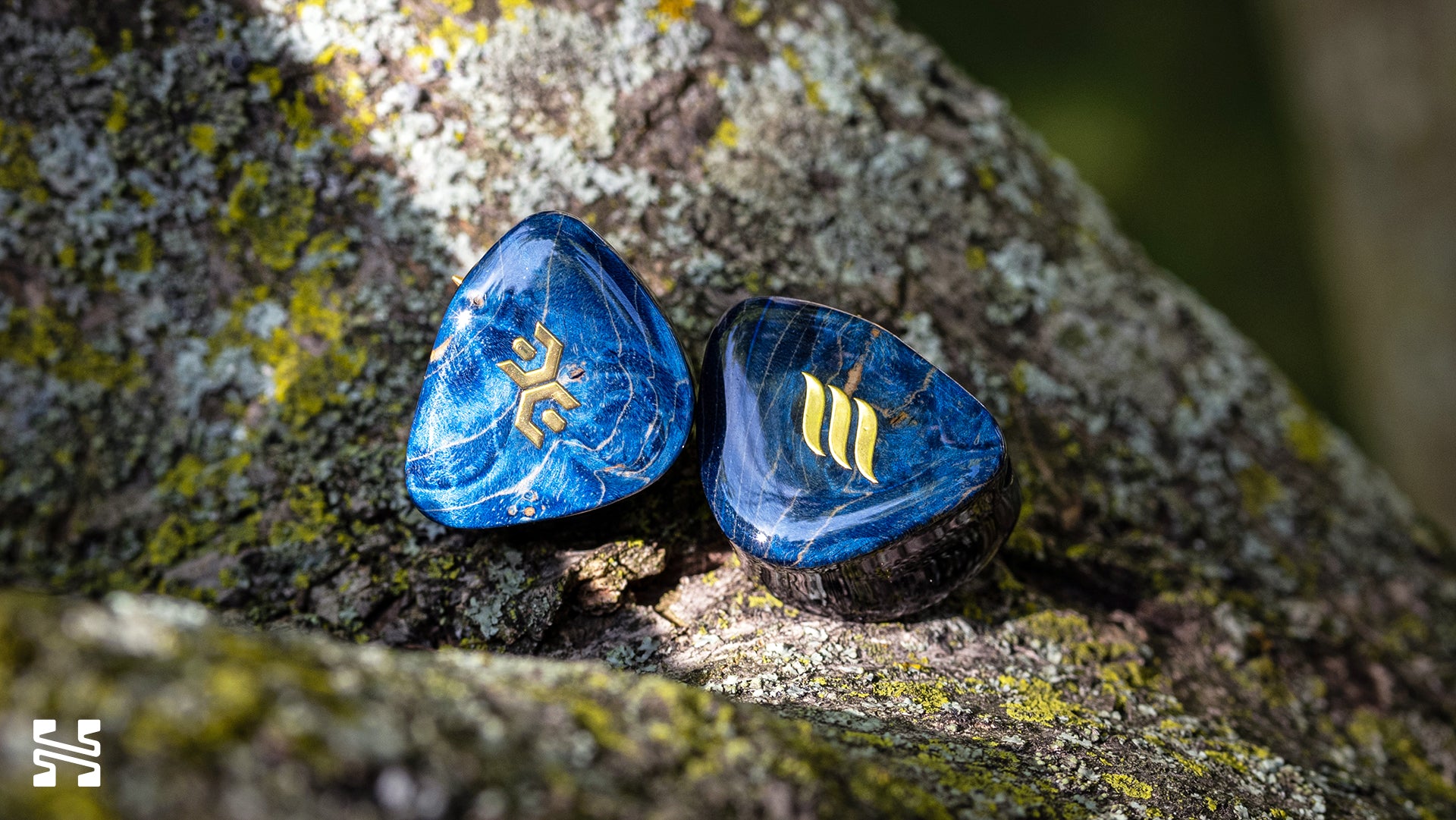
Presentation
The Gaea has an all-encompassing feeling to its presentation, a concentrated but not intimate feeling. While stage height and depth are a step above average, it’s the horizontal width of the Gaea that stands out. Imaging confidently places instruments around a distinct center image and the Gaea’s layering prevents instruments from sounding like they’re running into each other. For an IEM that’s all about intensity, its presentation does a great job of keeping the sound from becoming claustrophobic. This is particularly important as it sets the stage for the Gaea’s crown jewel: its explosive macrodynamic ability. Notes land with spirit and vigor as if to say - the Gaea is here to perform.
The Gaea is a classically resolving IEM with excellent detail retrieval. Classical in the sense that its ability comes from a combination of transient speed, pronounced upper mids presence, and treble brilliance. It’s the type of performance that many would imagine in high end audio products, the sheer clarity and effortless microdetailing of notes. Ironically, I find that it’s in transitory passages or in the end of a song where notes trail off that the Gaea exhibits some of the most nuance in its resolution as it captures the final overtones of fading instruments.
My primary critique of the Gaea is that the novelty of its presentation does lose its luster over time. The intensity of its sound creates an awesome experience at first listen. But when used as a daily driver, the one-dimensionality of its treble and the truncated decay of its bass makes me miss some of the more laid-back IEMs I have, particularly when listening to a quiet ballad or ambient instrumentals.
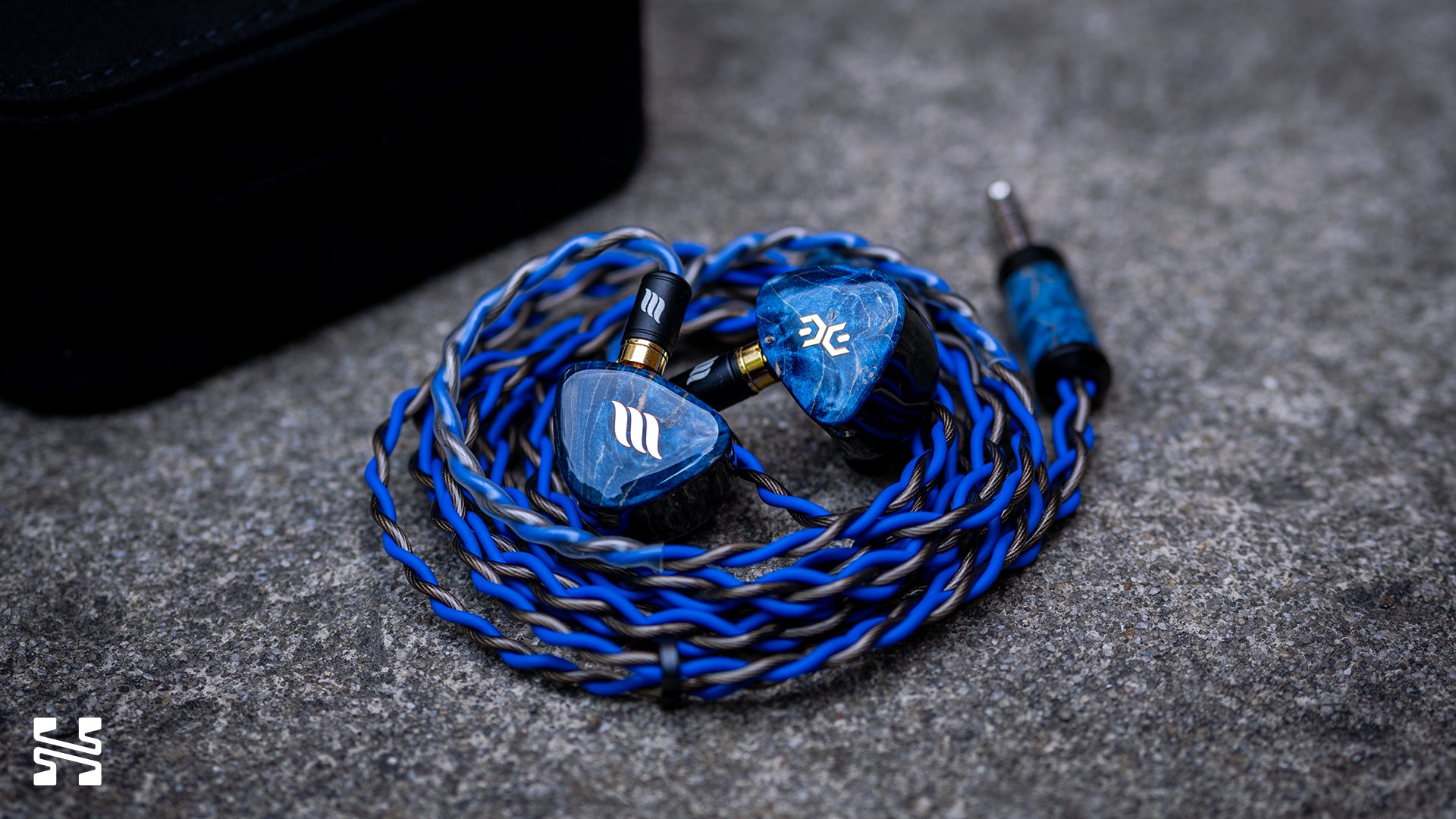
Should You Buy It?
Yes, but it’s definitely not for everyone. Nor would I have it as my only IEM. Compared to other highly recommended IEMs at the kilobuck price such as the Symphonium Helios, Thieaudio Monarch MkII and MkIII, or 64 Audio U4s, the Gaea is the one IEM you must be absolutely sure this is the type of performance you want. It’s not an IEM for easy listening after work while relaxing to a vinyl of smooth jazz. It’s the type of IEM you’d listen with at the gym while blasting the DOOM 2016 soundtrack (except don’t actually). It’s an IEM that cranks everything to an 11 and demands total attention. If you’re the type of person to be fully engaged with your music, the Gaea will put on a show.
Despite its flaws, and my own bias for its tuning aside, I think the biggest reason I like the Gaea is that it’s an IEM with intent. Its creator had a clear vision for what he wanted to achieve with the Gaea and delivered. While some may not agree with Mr. Lee’s approach to sound design, it’s hard to deny its performance. From its boutique nature to its aesthetics to the unique intensity of its sound, I can see why at $1,300, the Effect Audio x Elysian Acoustic Labs Gaea costs such a pretty penny.
